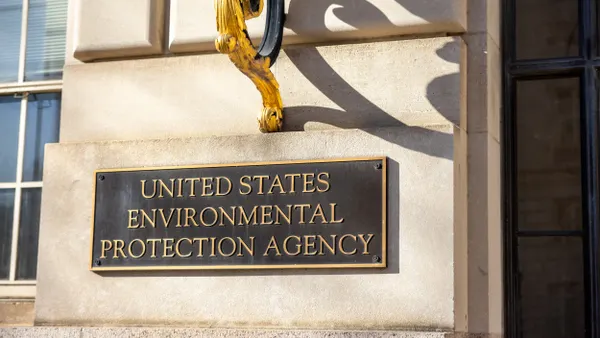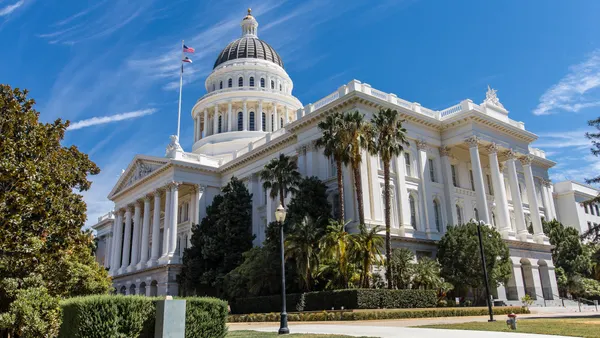Dive Brief:
- The Biden administration released on Thursday a plan to increase climate resilience nationwide.
- The “National Climate Resilience Framework” identifies the federal government’s six overarching climate resilience goals and provides specific actions that could be taken to accomplish them. The plan says it centers locally tailored, community-driven solutions.
- The framework “will help guide wise investment of federal dollars” and indicates that the government is moving beyond traditional disaster response, said Shana Udvardy, a climate resilience analyst at the Union of Concerned Scientists, in a statement.
Dive Insight:
Climate change is making extreme weather events more frequent and severe, “resulting in tragedies and new realities that once seemed unimaginable,” the Biden administration’s new framework says.
The goals included in the document are:
- “Embed climate resilience into planning and management.” Potential actions to support this goal include strengthening the teams that coordinate interagency work, ensuring communities have access to validated climate projection data and tools, and setting targets to measure climate resilience progress, similarly to greenhouse gas emissions targets.
- “Increase resilience of the built environment to both acute climate shocks and chronic stressors.” Potential actions include adopting new building and energy codes, and supporting land-use and zoning reforms to encourage more dense development in lower-risk areas.
- “Mobilize capital, investment, and innovation to advance climate resilience at scale.” Potential actions include leveraging government dollars to support goods and services that minimize climate risks, and examining how insurance can be changed to promote resilience. Udvardy, with the Union for Concerned Scientists, said in a statement that, “Most urgently, Congress must reform and reauthorize the National Flood Insurance Program so the program takes climate change into account and provides affordable flood insurance, and it should enact a well-funded National Climate Adaptation Strategy.”
- “Equip communities with information and resources needed to assess their climate risks and develop the climate resilience solutions most appropriate for them.” Actions include deploying online sources of information to inform decision makers across the U.S., and improving the quality of climate models.
- “Sustainably manage lands and waters to enhance resilience while providing numerous other benefits.” Potential actions include eradicating invasive species, researching how well nature-based solutions work and continuing to support the creation and protection of urban green spaces.
- “Help communities become not only more resilient, but also more safe, healthy, equitable, and economically strong.” Potential actions include supporting local and other governments in planning for the impacts of relocating communities, promoting voluntary buyouts as part of a local government’s resilience plan, and building a climate-educated workforce.
The administration coupled the plan’s release with a White House climate resilience summit — which convened representatives from more than 25 states, territories and tribal nations — and the announcement of $500 million in climate resilience funding spread across different agencies. For example, the Energy Department will get nearly $168 million for electric grid modernization and the Labor Department will get $16 million to create climate resilience jobs in underserved communities, White House Council of Environmental Quality Chair Brenda Mallory told reporters Wednesday, according to Bloomberg Law.











